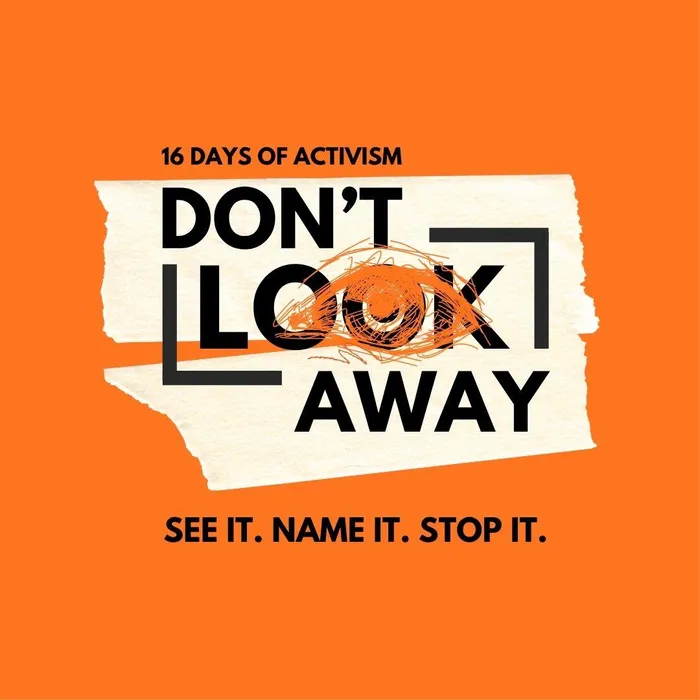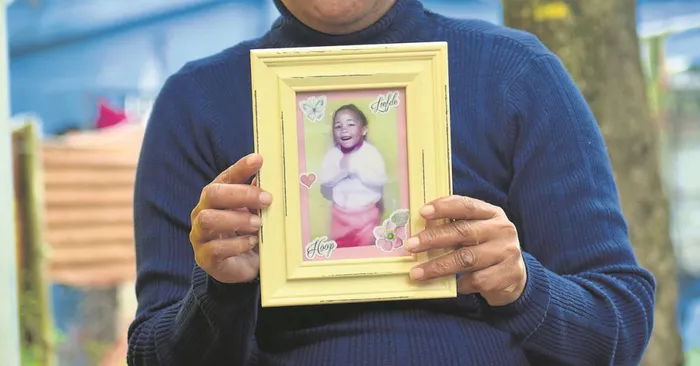Urgent action needed amid alarming stats on child murders, rape in South Africa

The 16 Days of Activism for No Violence Against Women and Children campaign begins off today.
Image: Independent Newspapers
A call has been made for decisive intervention to deal with crimes against children in South Africa especially murder and rape.
A new report released by non-profit organisation Action Society, said children remain under siege with protective systems that are meant to safeguard children, not functioning.
The report found that the Western Cape, KwaZulu-Natal, and Gauteng together account for more than 60% of all child murders in South Africa.
Ahead of the 16 Days of Activism for No Violence Against Women and Children campaign kicking off today, Action Society's research report, “The Crisis of Crime Against Children in South Africa: A Call for Accountability and Urgent Reform”, shows that the country is failing to protect its youngest citizens.

Action Society has previously condemned the silence and shocking lack of progress in the investigation into the brutal murder of four-year-old Tamia (“Mia”) Botha from Paarl East.
Image: Action Society/Supplied
Drawing on Statistics South Africa’s Crime Against Children series (2019/20 –2023/24), SAPS data, and Action Society’s direct case involvement, the report shows a collapsing justice system.
“From the prevention of abuse to the quality of investigations and forensic turnaround times, the protective systems meant to safeguard children are simply not functioning. While public awareness campaigns help to highlight the scale of the crisis, the findings make clear that symbolic gestures are not enough. South Africa needs accountability, capacity, and decisive system reform.
“The data confirms that rape remains the most prevalent violent crime committed against children, with the 2022 and 2023 child rape rate recorded at 87 per 100 000,” they said.
“Child murders have remained unchanged for almost a decade, with between 700 and 1,000 victims every year. Child abductions have escalated sharply, particularly in KwaZulu-Natal, where the provincial share of national cases climbed from 11.7 % in 2015 and 2016 to 49.1% in 2019 and 2020.
“These patterns are compounded by forensic backlogs that at times exceeded 200 000 DNA samples, paralysing rape and murder prosecutions and deepening the trauma for families waiting for justice,” they said.
The report also found that:
- Nearly one in five rape victims is younger than ten years old.
- In certain districts in Limpopo and Mpumalanga, rape accounts for more than 50% of all crimes committed against children.
- More than two-thirds of child murder victims are killed by someone they know, such as a parent, relative, or neighbour.
- Girls account for over 90% of all child-abduction victims.
- The Western Cape, KwaZulu-Natal, and Gauteng together account for more than 60% of all child murders in South Africa.
The report makes urgent recommendations, including clearing the DNA backlog through public and private partnerships and enforcing a 30-day turnaround for child-related cases, publishing the National Register for Sex Offenders and requiring mandatory vetting for all adults who work with or transport children.
Sexual assault cases against children are also alarmingly high, recent statistics from KwaZulu-Natal show.
According to stats shared by KZN Premier Thamsanqa Ntuli, between July and September 2025, 2,013 survivors accessed support at Thuthuzela Care Centres, with children making up 65% of all GBV survivors during the period. Seven districts recorded an increase in sexual assaults against children under the age of 12, with eThekwini, uMgungundlovu, and King Cetshwayo listed as the highest-risk areas.
“These numbers are not just statistics; they represent real lives, families, and communities at risk,” Ntuli said. He added that patterns of suppressed anger and unresolved social pressures remained visible in many cases.
Childline KZN spokesperson Adeshini Naicker said that December and early January remained the most challenging months for the organisation, with a consistent rise in calls and crisis interventions.
“The festive season consistently emerges as one of the highest-risk periods for children in KwaZulu-Natal,” she said. Naicker pointed to alcohol consumption, overcrowded households, and family stress as the primary drivers. “Children are often left unsupervised for long periods while caregivers socialise or travel, which increases their exposure to neglect, exploitation, and abuse, both within households and in communities.”
Women-led advocacy groups say they are already expanding their operations to cover the seasonal gap. Sabrina Walter, founder of Women For Change, said community organisations often carried the burden when government services slowed down or redirected resources elsewhere.
“Women-led organisations like Women For Change are often the first line of support for women and children in crisis because we understand the lived realities on the ground. During festive periods, when alcohol and drug abuse increase the risk of violence, these organisations step in long before formal systems respond," Walter said.